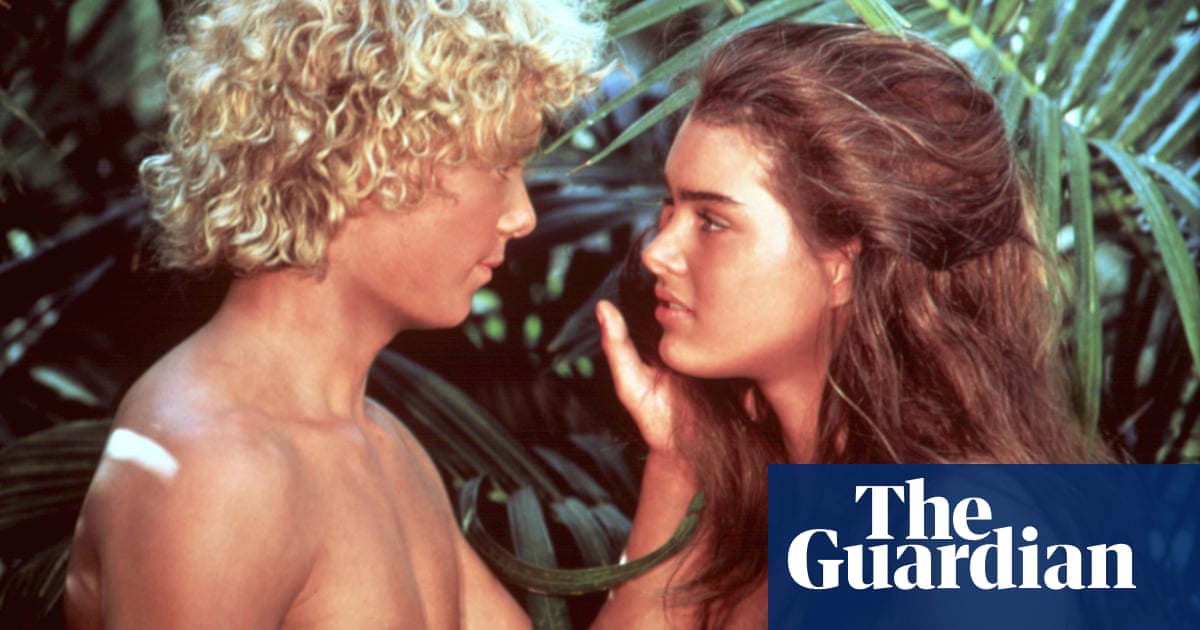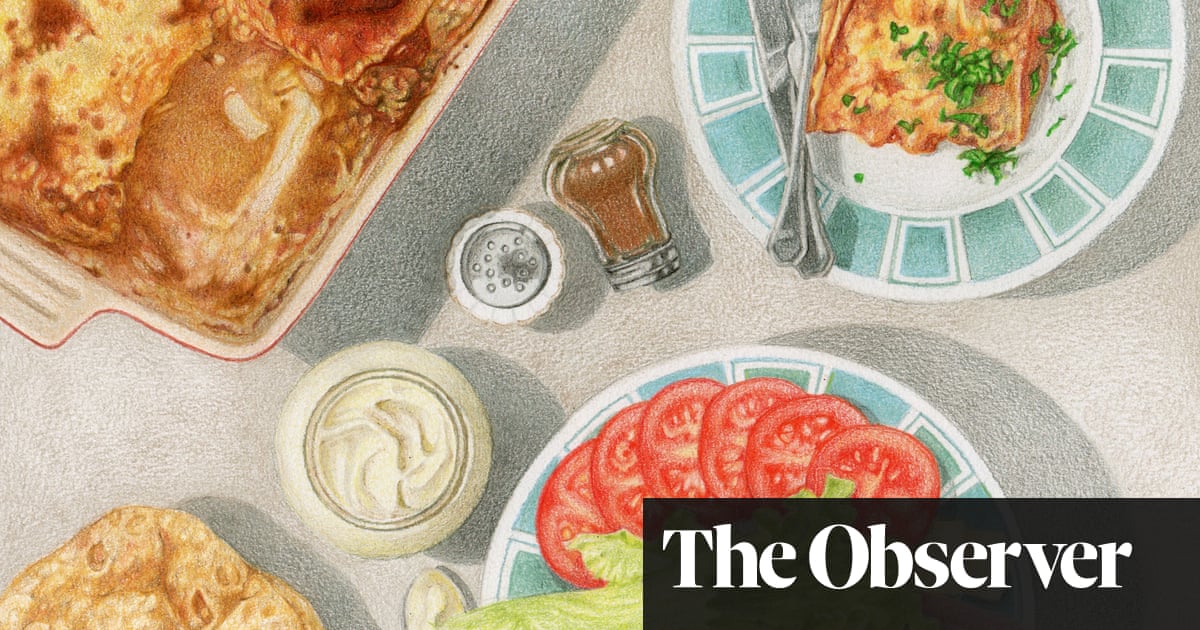
My earliest reading memory
When I first went to school, aged six, copies of The King of Ireland’s Son by Padraic Colum were handed round. Too embarrassed to admit I couldn’t read, I sat staring at the illustrations.
My favourite book growing up
I was living in a stepfamily of five girls when I read Louisa May Alcott’s Little Women. I adored it, identified with each of the sisters and couldn’t wait to read the sequel – my disappointment was extreme!
The book that changed me as a teenager
I’d decided early I wanted to be an actor, and the idea of becoming a character, with tasks and motivations, took hold when I read Konstantin Stanislavski’s My Life in Art. It wasn’t until I started writing that I discovered I could be in charge of every character, their conflicts and uncertainties, all while sitting at my desk.
The writer who changed my mind
So many, not necessarily with the content of their stories, but in the ways they’ve found to tell them. Jeanette Winterson, Alice Walker, Tobias Wolff – whom I once heard reading Bullet in the Brain at a festival in Dublin, and was so inspired that I rushed home to revise my own work. Years later I incorporated his playful use of time into the last pages of my novel Mr Mac and Me.
The book that made me want to be a writer
I was 24 and browsing on a market stall, when Jean Rhys’s Voyage in the Dark jumped out at me. A young actor drifts through London caught up in the memory of her Dominican childhood, much as I’d been caught up in my own early life in Morocco. The plot hinges on an emotional journey, the search for belonging. It was like a chink of light, gleaming – maybe I could write a book myself. Maybe I would.
The book or author I came back to
Aged 13 I went on an exchange to Germany, packing the two longest novels I could find: Vanity Fair and Our Mutual Friend. Lonely, and unable to decipher the local dialect – Schwabish – I was about to attempt them for a second time when I made a friend. I didn’t read them again until my 30s, when I wondered what, if anything, I’d understood back then.
The book I reread
I’ve reread Tolstoy’s Anna Karenina at different stages of my life, and cried different tears each time. I think I may be ready to read it again.
The book I could never read again
Knowing nothing at 11 of the social or political history of America, I read Gone With the Wind by Margaret Mitchell, and became so enmeshed with the character of Scarlett O’Hara that when she seduced her sister’s husband I attempted to punish her by flinging the book across the room, only to crawl out of bed five minutes later to retrieve it. It was my first experience of dysfunctional love. For so many reasons I couldn’t read it now.
The book I discovered later in life
Although I was an admirer of Elizabeth Jane Howard and her dazzling The Long View, it wasn’t until lockdown that I treated myself to The Cazalet Chronicles, disregarding my fear of sequels, grateful that each time I finished one there was another, waiting. Her writing about children is exquisite, her characterisation always humane.
The book I am currently reading
Rooted: Stories of Life, Land and a Farming Revolution by Sarah Langford, out in July, is a heartbreaking examination of what has been done in the name of agricultural progress, with hopeful shoots of regeneration.
My comfort read
Reading is my comfort, and although I like to keep my favourite books nearby, I’m too impatient not to reach for something new.
I Couldn’t Love You More by Esther Freud is published by Bloomsbury. To support The Guardian and Observer, order your copy at guardianbookshop.com. Delivery charges may apply.












